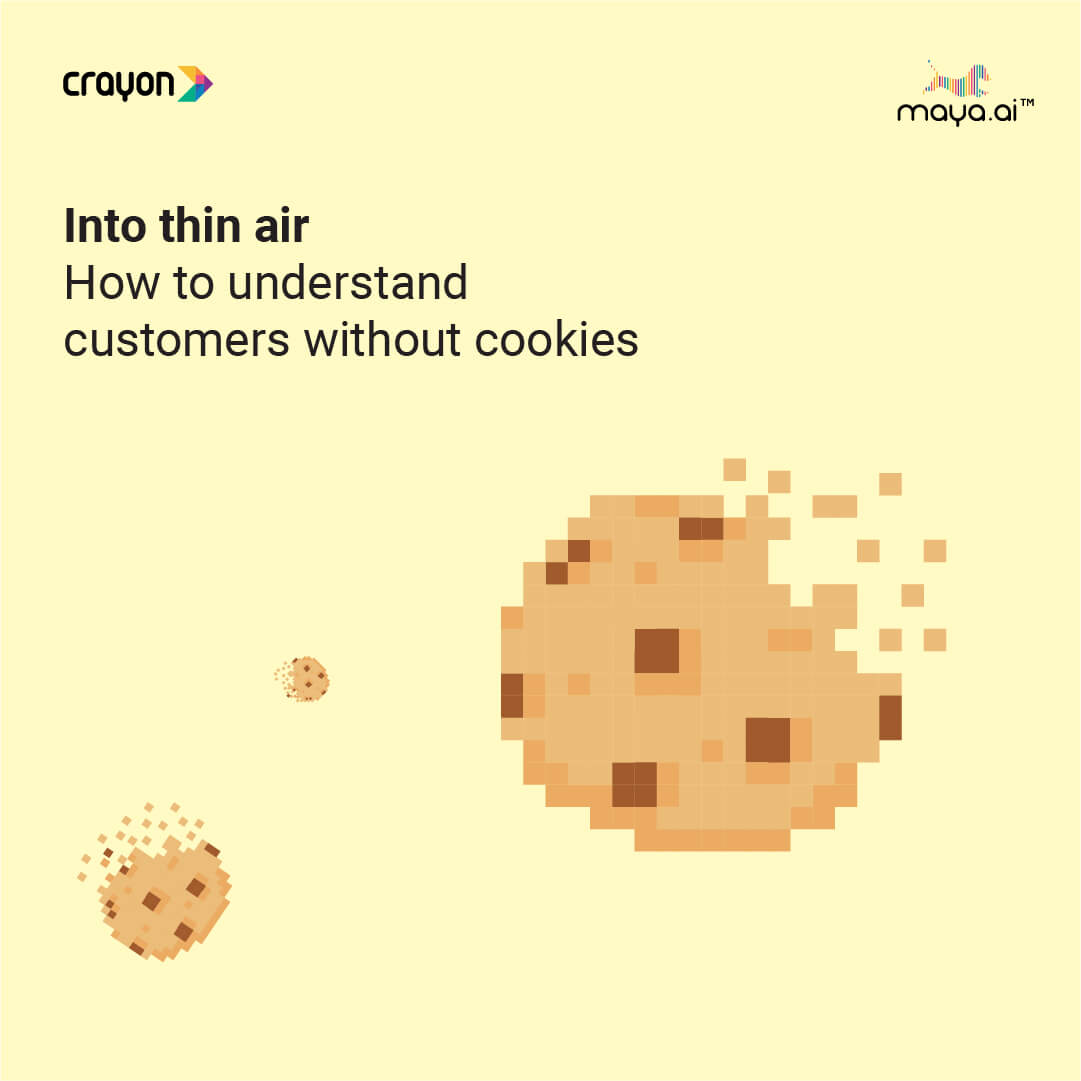In his upcoming book, Hundred Years of Artificial Intelligence – Past, Present and Near Future, Alok Aggarwal talks about domains in which AI is rivaling humans. These go across sectors, and include skills like
- Autonomous vehicle driving
- Predicting schizophrenia
- Stacking a dishwasher
A robot called Pepper has one main purpose: to make people happy. Other robots can even grab a soda or beer can from the fridge. And stack the dishwasher.
So, why do we as humans want AI to develop?
One might say from these instances that it is for selfish reasons. We want AI to work for us, to make the quality of our lives better. To free us from the mundane and allow us to do things that only humans can do. The convenience of Siri, Alexa, or Cortana today can scale up to be a personalized Jarvis tomorrow.
In our day-to-day lives, we unconsciously indulge in the convenience that AI offers. When we navigate. Or unlock our phones. Even when we use voice-to-text. But we’ve also developed a negative perception of this same technology that makes our lives easier. Some of the most common worries are
- Potential to be weaponized by aggressive regimes. In the wrong hands, AI could spell disaster.
- Replacing humans in the workforce, especially for repetitive manual tasks.
- Spread of misinformation using deep-fakes, doctored images, and manipulated audio.

There’s plenty of fearmongering in pop culture as well. Remember HAL 9000 from the film 2001: A Space Odyssey? It was capable of speech and facial recognition, art appreciation, interpreting emotional behaviors, even playing chess. It’s that kind of sentient general AI system that many are suspicious of developing.
Even then, an AI uprising to attack humans is not top of mind. 57% of people believe we don’t need to worry about robots taking revenge on us! AI might not see the logic in declaring war or taking control of humanity.
When AI first made an appearance, there was plenty of anticipation.
But when scientists couldn’t build a high-functioning system, it was brushed off as hype. Till 1997. That’s when IBM built Deep Blue, a chess playing super-computer. And it ended up “playing like a god”, according to Garry Kasparov. The grand master resigned from a tiebreaker game against the computer within an hour.
This spurred renewed interest in all the things AI could do better than humans. It led to the creation of neural nets, followed by deep learning. Now, we have pattern recognition, natural language processing and more. These developments have integrated seamlessly with our lifestyles. AI can find the ideal conditions to create the perfect whisky tint. Or help doctors with medical imaging interpretation. Even suggest places you’d love to enjoy drinks on the weekend.
The ‘Age of With’ is now upon us.
From us vs the machines, it is now us AND the machines. AI is not a stranger, but a partner. According to this Deloitte report, the idea is to team up with them to “deliver outcomes that marry mechanized speed and precision with human intuition and curiosity”.
What does this mean in the workplace? Robots might not be coming for our jobs, but we could pass them in the corridor someday. The future likely has more ‘cobots’ – collaborative robot teammates.
This prediction is in line with what many organizations are already preparing for. A recent study by the World Economic Forum highlights several benefits of going down the AI brick road. Shared economic prosperity, flexible labor markets and fulfilling jobs are just a few reasons to make the switch.

AI is no longer a vague concept. It is now calculable. And has shown organizational impact. Decision-making and strategic growth planning in the boardroom now take AI into account. The use of AI in many sectors of business has grown by 270% over four years (till 2021).
61% of respondents across industries say that AI will continue to impact their work in the next 3 to 5 years. They’re also investing in this space: 53% of those polled have spent more than 20 Mn USD in the past year on AI tech and talent.
“The future of AI is the future of work.”
MIT professors David Autor and David Mindell and principal research scientist Elisabeth Reynolds make this statement in their new book, The Work of the Future: Building Better Jobs in an Age of Intelligent Machines. In it, they talk about how AI is far from replacing humans.
When discussing the speed at which technology is advancing, they say it is imperative to look back at history. “To address the time to develop and deploy AI and robotic applications, it is worth considering the nature of technological change over time… when researchers look at historical patterns, they often find long gestation periods before these apparent accelerations, often three or four decades,” they write in the book.
AI still doesn’t have the capability to adapt to novel situations. This is a key reason why humans will remain integral to the workforce. We are better at social interaction and reading body language. Plus, we possess the common sense and general intelligence that Narrow AI lacks!
The AI that we create in the future should augment human capabilities.
According to Microsoft CEO Satya Nadella, there are six principles to be mindful of. AI must
- Be designed to assist humanity.
- Be transparent.
- Maximize efficiencies without destroying the dignity of people.
- Be designed for intelligent privacy.
- Have algorithmic accountability.
- Guard against bias.
As for humans, he believes we must
- Teach future generations empathy
- Invest in their education
- Encourage their creativity
- Be willing to take accountability.
In 1961, Marvin Minsky wrote, “Within our lifetime machines may surpass us in general intelligence.” We’re still waiting for that to happen six decades later. In the meantime, we’ll keep looking for ways in which AI will help us live out the human experience. One day at a time. One task at a time.
Find more details on our upcoming AI community.

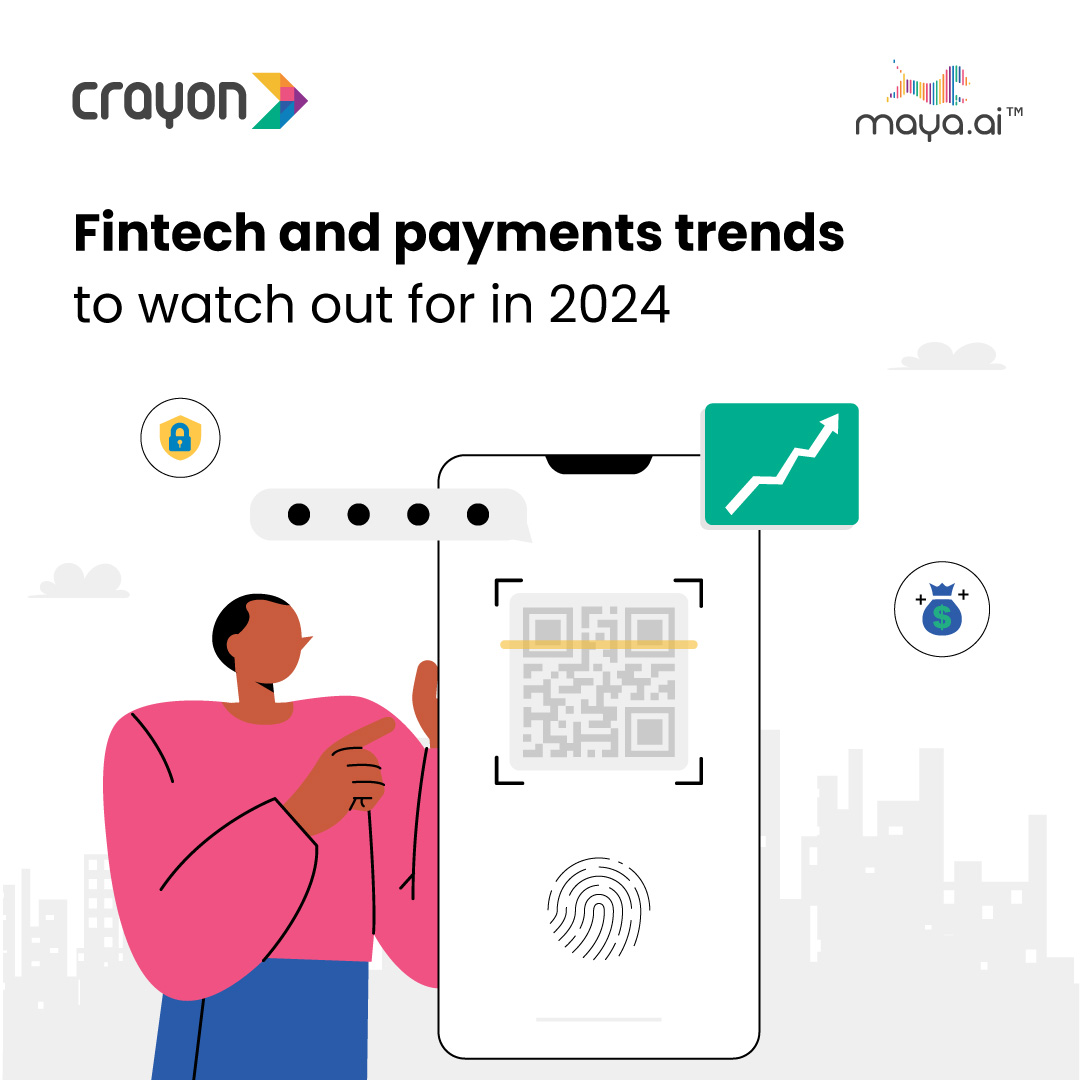
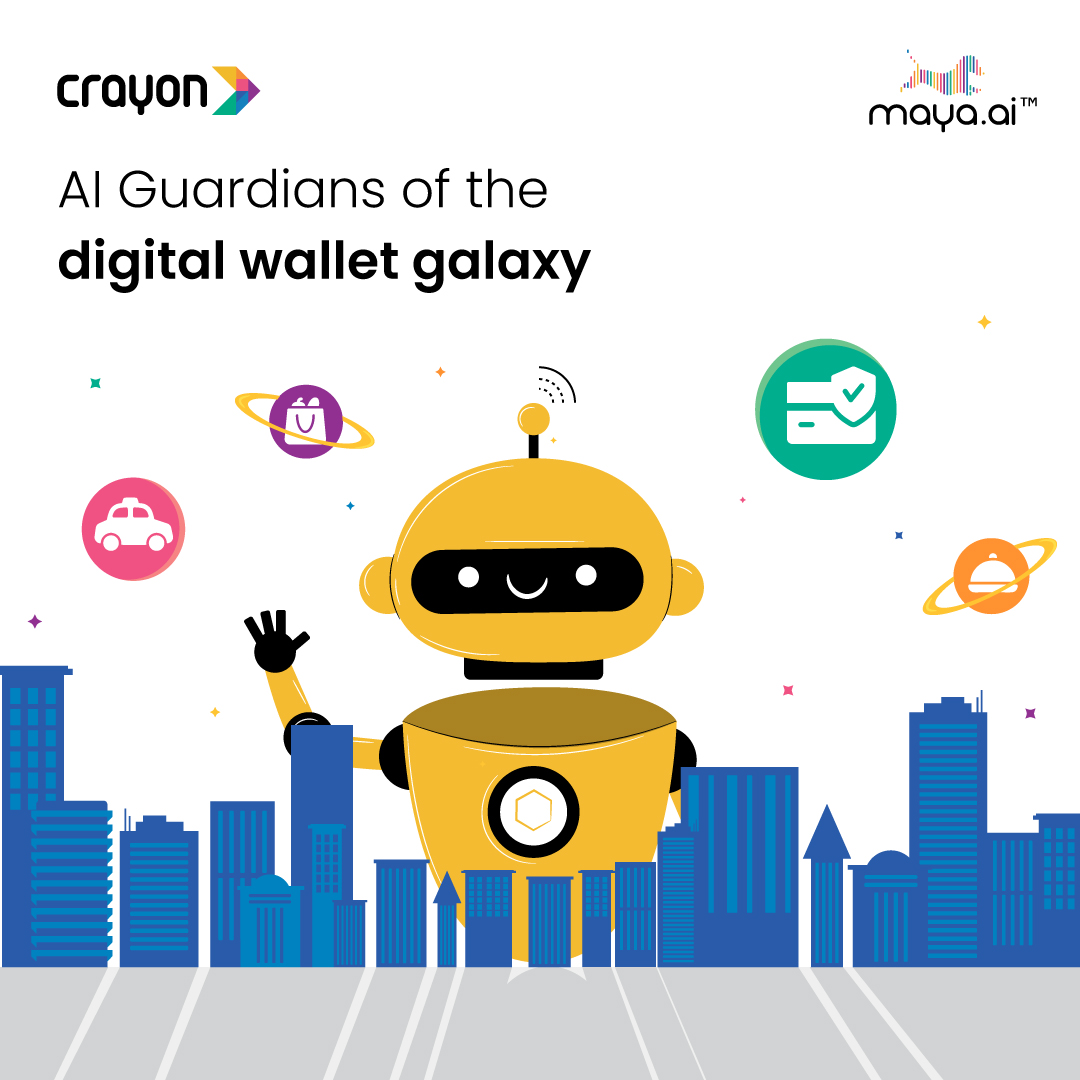
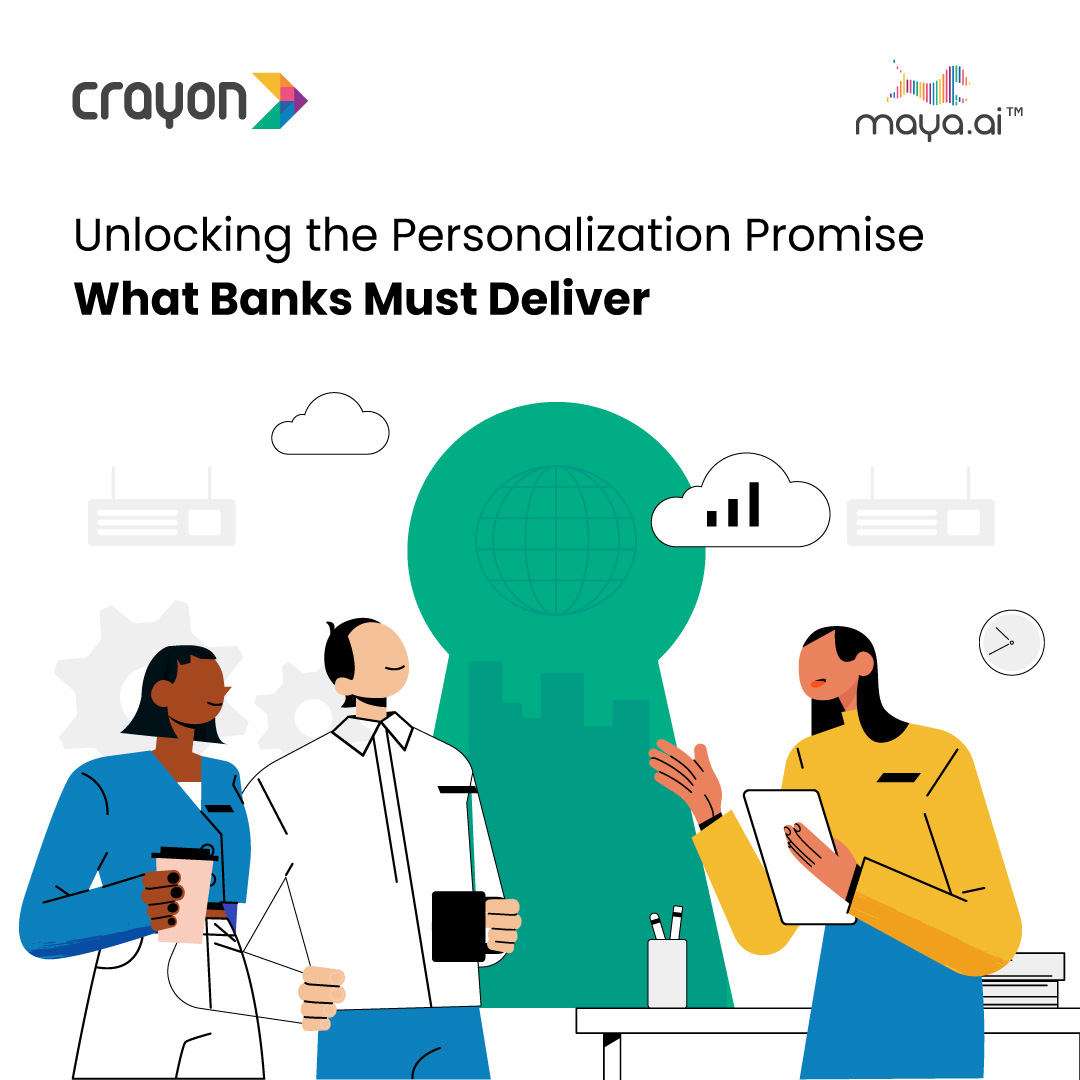

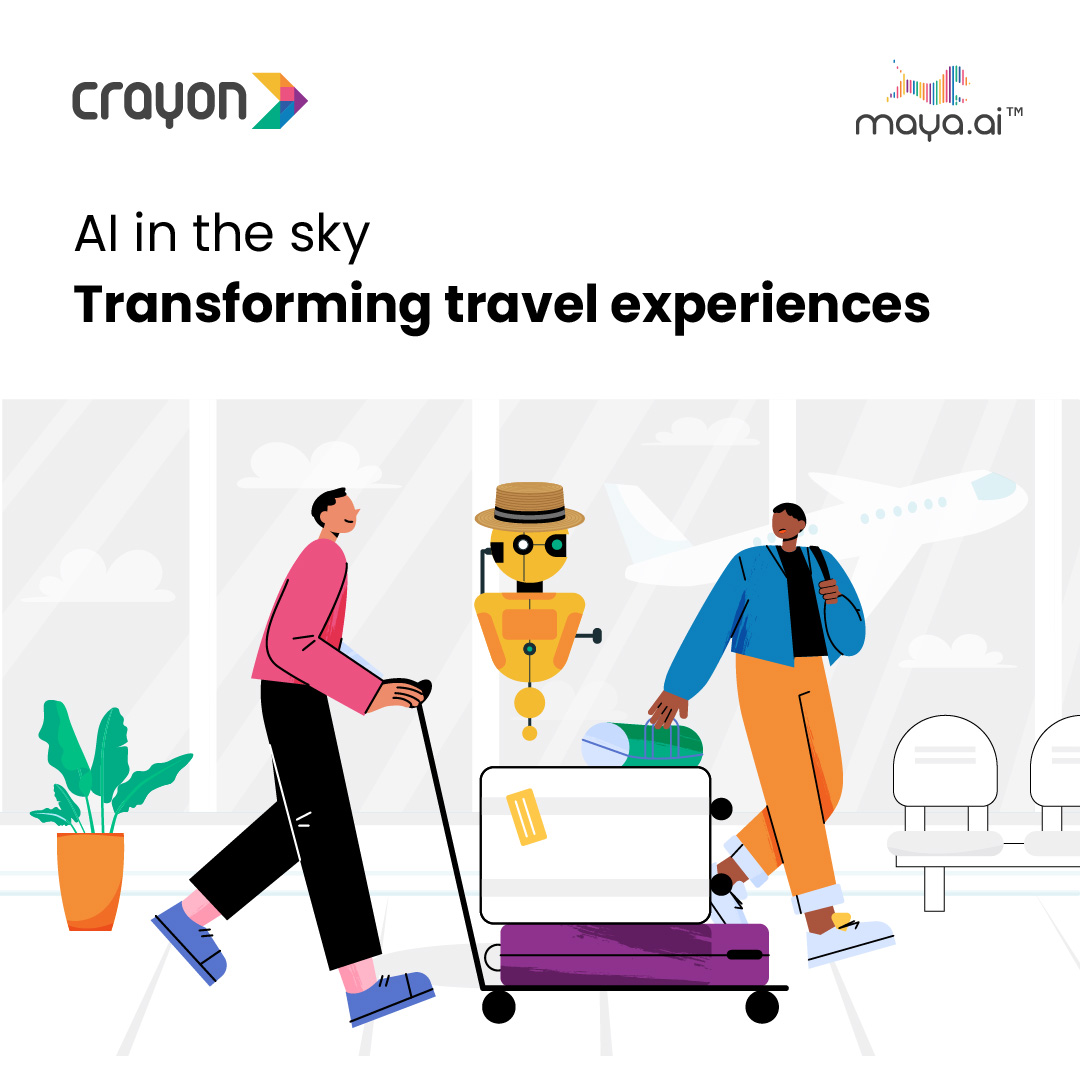


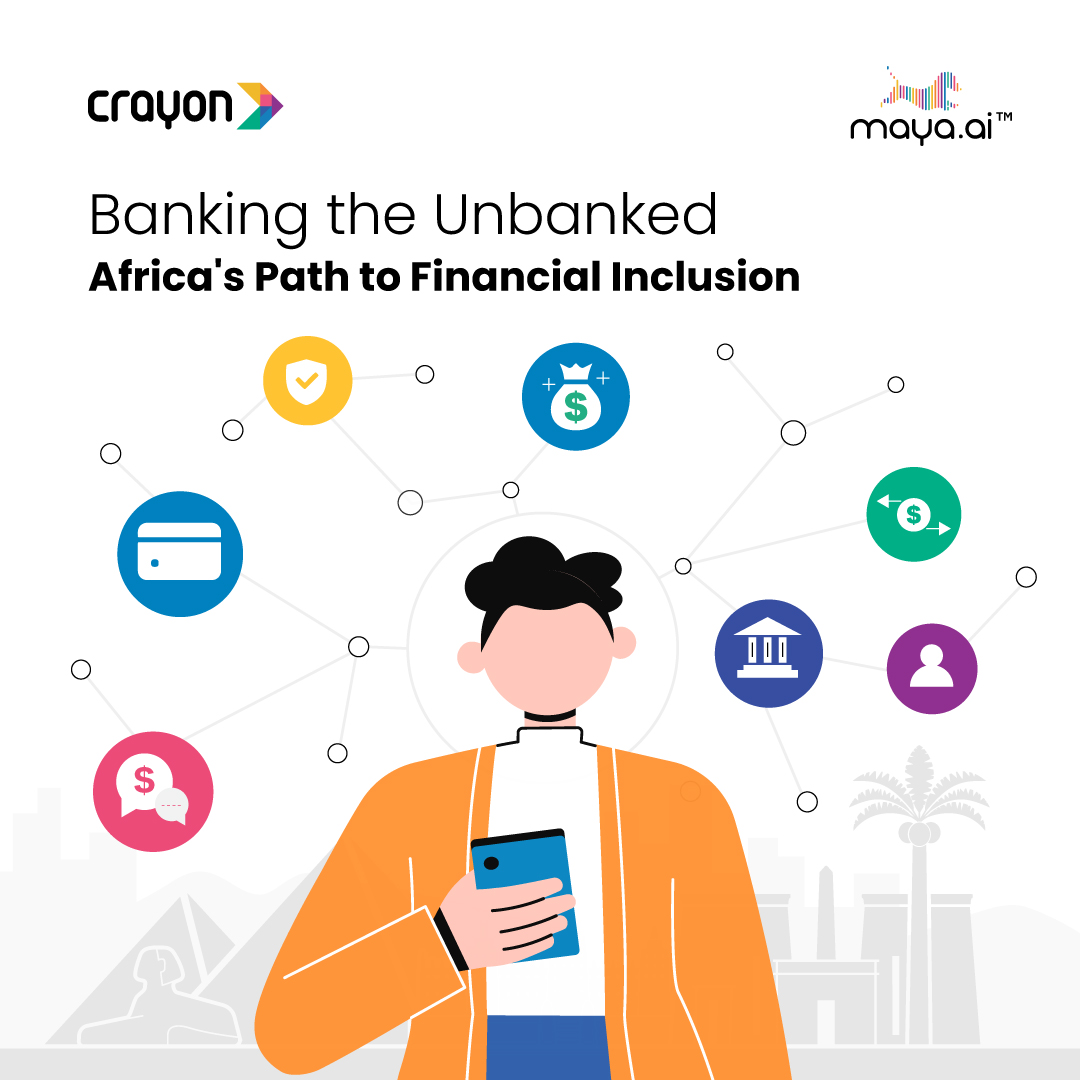

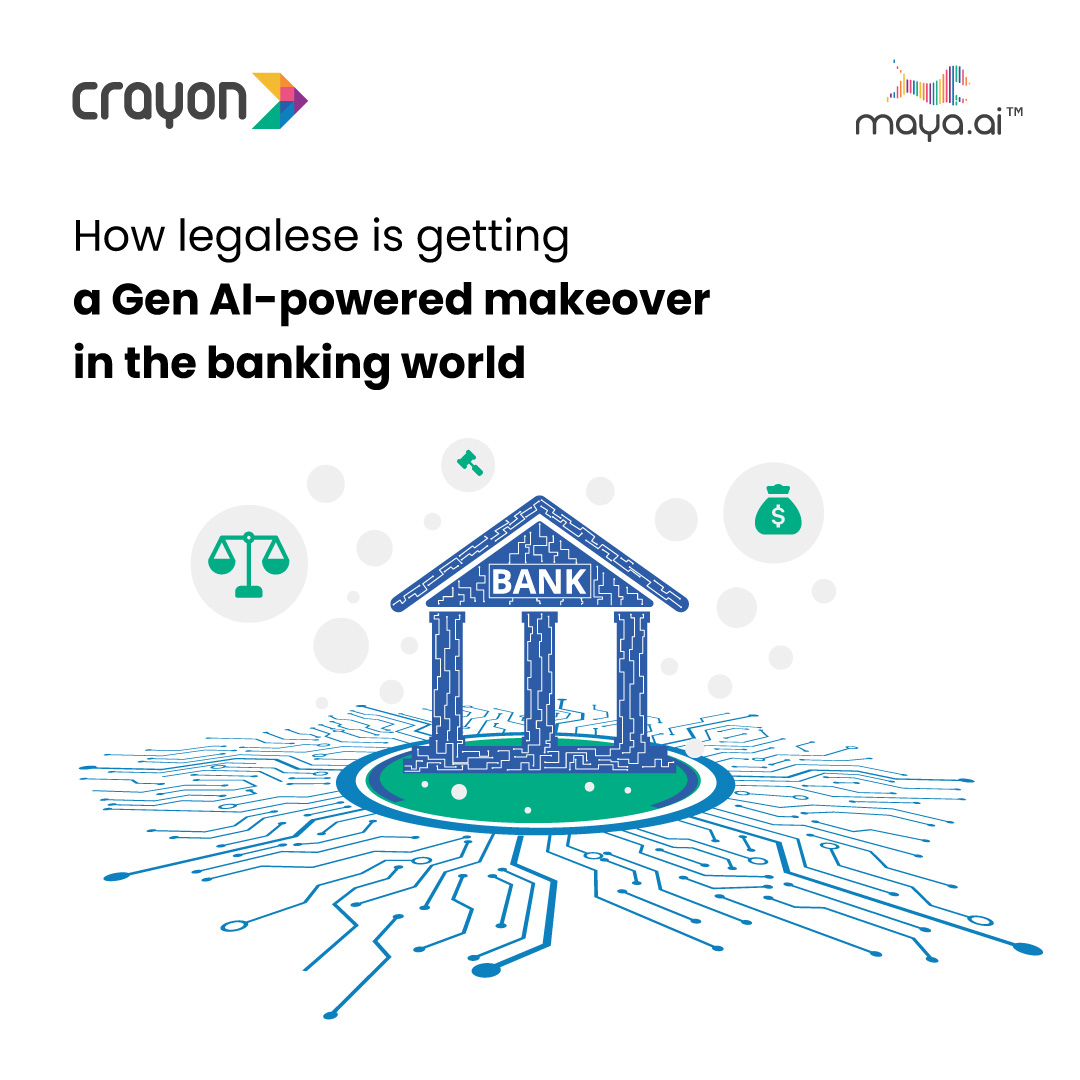

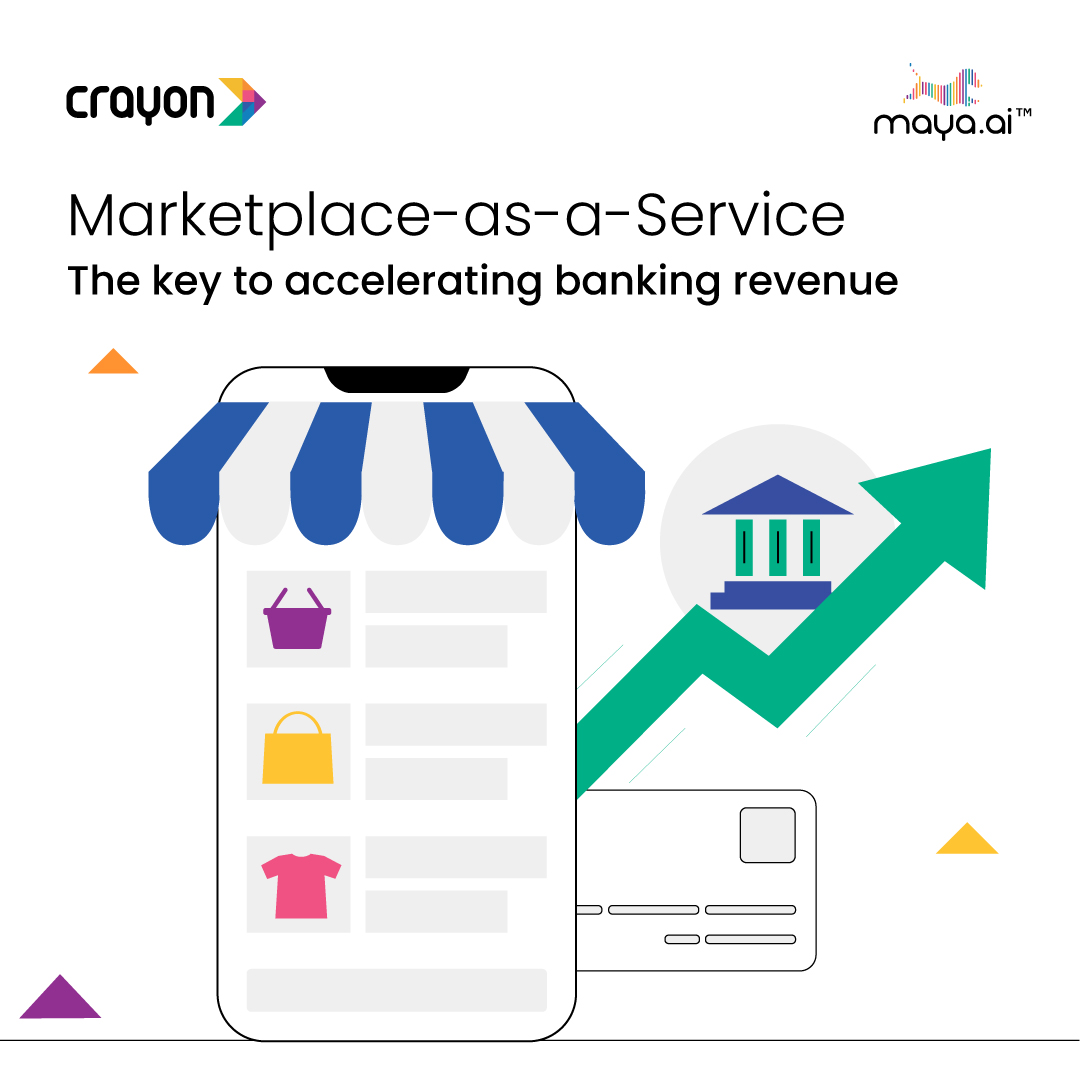


![Slaves to the Algo: AI podcast by Suresh Shankar [Season 1]](https://crayondata.ai/wp-content/uploads/2023/07/AI-podcast-by-Suresh-Shankar.jpg)
![Slaves to the Algo: an AI podcast by Suresh Shankar [Season 2]](https://crayondata.ai/wp-content/uploads/2023/08/version1uuid2953E42B-2037-40B3-B51F-4F2287986AA4modecompatiblenoloc0-1.jpeg)








